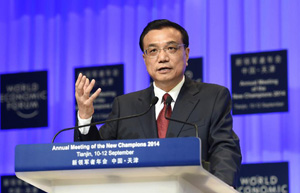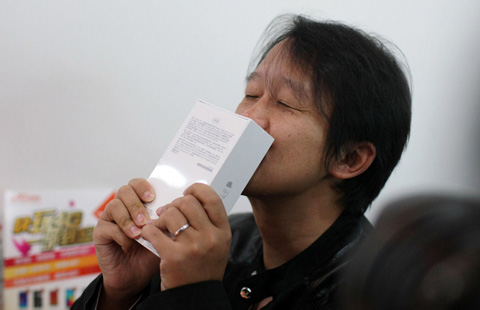Innovative Asia
By Karl Wilson (China Daily) Updated: 2014-10-20 08:52Just like the bank, Grameen Telecom is a not-for-profit company, and it has more than 40 million subscribers in Bangladesh, a country that is still one of the poorest in the region. Those behind the project, including Yunus, believe the mobile phone could become a source of income generation for the country's rural poor.
"These are the sorts of innovations that can take place without massive injections of capital, R&D and advanced university research centers," says Lanvin.
Dan Steinbock, research director of international business at the US-based India, China and America Institute, says international rivalry in R&D is no longer driven only by the US, Europe or Japan, but Asia, and particularly China.
In a recent commentary, Steinbock said that while R&D funding in traditional zones such as Europe and the US is falling, Asia's share of global R&D is climbing.
"For all practical purposes, the region is replacing the North American Free Trade Agreement economies of the US, Canada and Mexico as the global R&D driver. And China is fueling many of these changes," he says.
Steinbock believes that if current rates of investment and growth are any indicator, "China is likely to surpass Europe in total research spending by the end of the decade and the US by the early 2020s".
Throughout the 1950s and 1960s, the US set the standard for prosperity, productivity and innovation, he says.
"Like Britain, Germany and France in the post-war era, China has been engaged in catch-up growth, especially since it became a member of the World Trade Organization in 2001.
"While American, European and Japanese companies were still adjusting to price competition in China, senior executives in the mainland were already internationalizing their operations," Steinbock adds.
Today, the US, China, Japan and Europe account for about 80 percent of the more than $1.6 trillion invested in R&D across the world.
Over the past decade, Singapore - with a population of less than 6 million - has emerged as "one of the most competitive economies in Asia, one of the easiest places in the world to do business and a home for innovation", according to WIPO.
"Research and development has become a cornerstone of the nation's economic strategy," the organization says.
By 2015, it added, the country aims to increase gross expenditure on R&D to 3.5 percent of GDP.
Singapore's tertiary sector - its universities, research institutes and polytechnics - play a major role in spawning the innovation that in turn sustains the city-state's economic achievements, analysts say. And the technology transfer offices established in each of these sectors have been instrumental in moving technology from the laboratory to the market.
|
 |
 |
| Top 10 creative figures in China | Sci-Tech, innovation to play crucial roles in China's long-term growth |
- China embraced commodity economy in 1984
- Singapore, punching above its weight
- Ramping up R&D investment
- Robust spending keeps growth on track
- Sealed for freshness in orange and blue with a $5.1m target
- Home Credit becomes a leading lender
- Powerful future for investment firm
- Going gets tough for cement companies
















